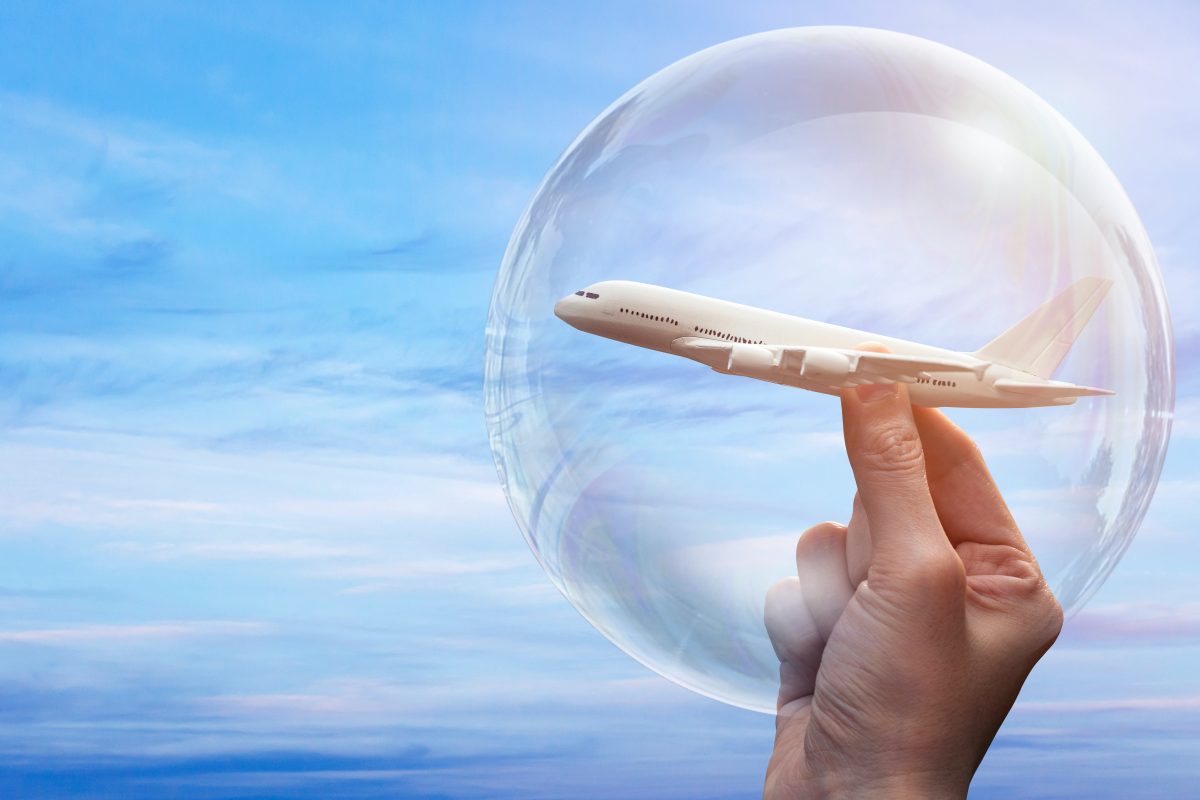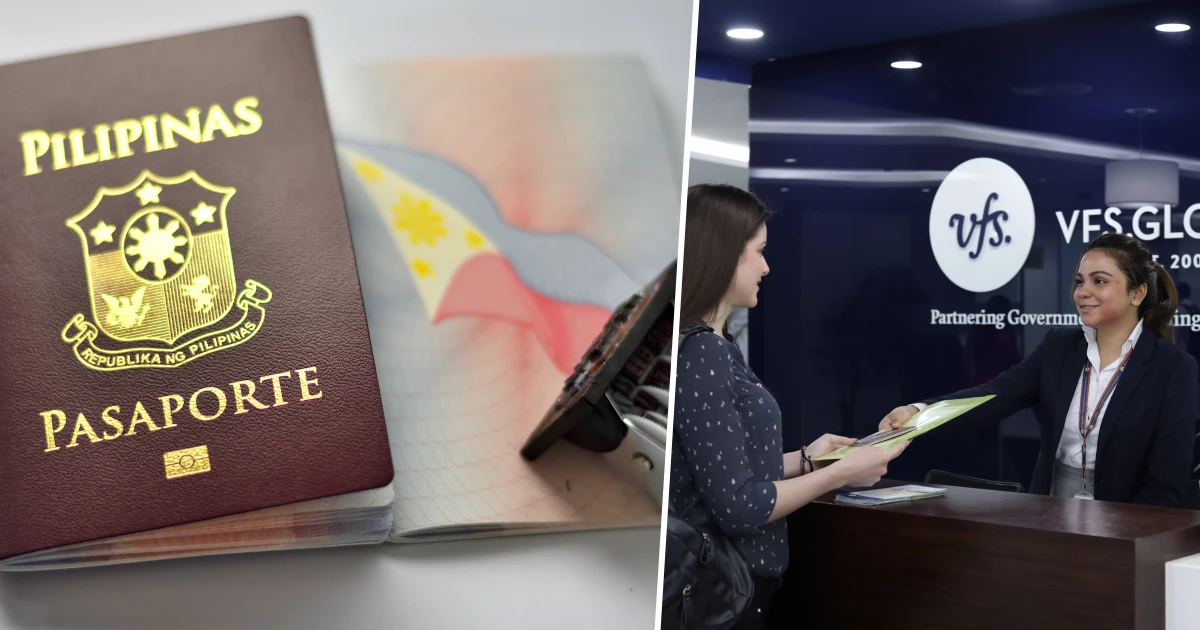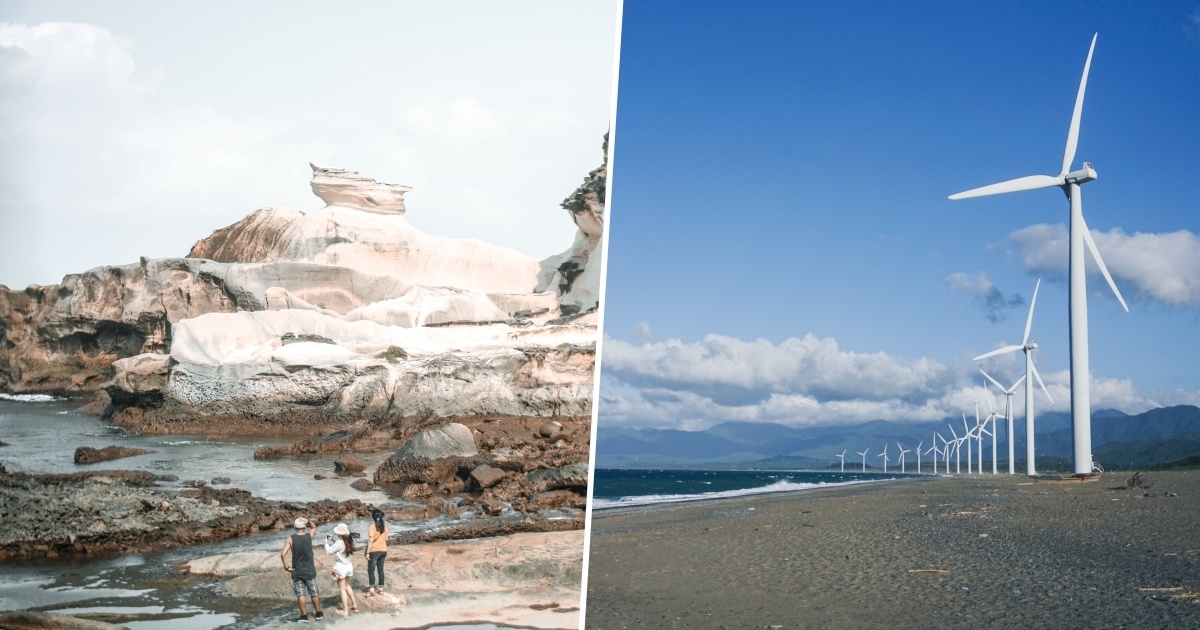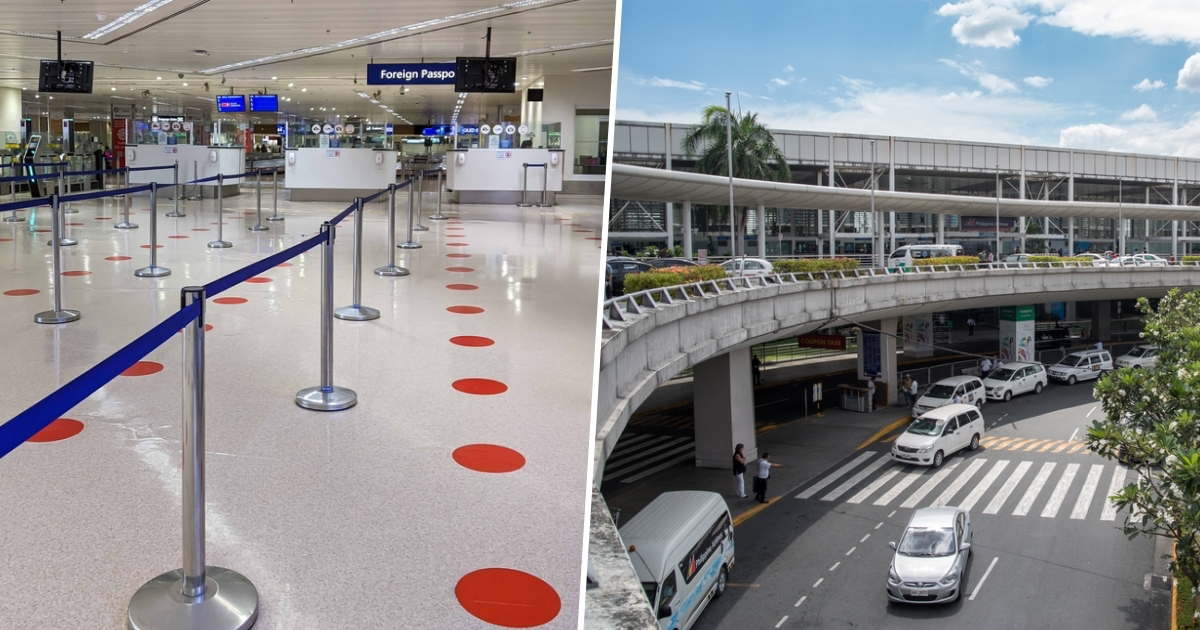What Filipino Travelers Need to Understand About Travel Bubbles
Could this be the answer to the local tourism industry's woes?
by Cristina Morales | June 17, 2020
Last week, the Department of Tourism announced that they are considering implementing “travel bubbles” to help the tourism industry get back on its feet.
“Since we have 7,641 islands, we can look at particular islands that have zero COVID-19 case or minimal number of COVID-19 cases. You can match it with a country,” said Secretary Bernadette Romulo-Puyat, reports CNN Philippines.
But what exactly are travel bubbles and what does this mean for Filipino travelers?
What are “travel bubbles”?
Travel bubbles are agreements between two or more regions that allow for travel across borders for non-essential trips without having to undergo a 14-day quarantine upon arrival. They’re also called “free travel zones” and “corona corridors”. In travel bubbles, these places open their borders to each other, but keep their borders to other places closed.
How do travel bubbles work?
For travel bubbles to work, partner countries and regions need to trust each other’s ability to contain the virus and execute measures like mass testing, contact tracing, and quarantining. It’s much easier to form bubbles when two countries have no more active cases, as allowing travelers to come in and out would pose a very low risk.
Do countries/regions need zero active COVID-19 cases to be part of a travel bubble?
Not necessarily. In many European countries, non-essential travel is slowly being permitted again even though there are still active COVID-19 cases. However, the places included in travel bubbles should generally be at similar stages of reopening. For example, while Spain, Italy, Greece, and Portugal have agreed to open their borders to EU travelers, Norway and Denmark — which have much lower active cases compared to their other Scandinavian neighbors — have decided to open their borders just to each other.
And of course, whether or not places will allow travelers to go in and out of their borders all depends on the decisions of their respective governments. Australia and New Zealand are two countries that are very close to coming to a travel bubble agreement, but New Zealand Prime Minister Jacinda Ardern recently said that New Zealand isn’t quite ready to open up to Australia.
“We need to be assured that when we open up to Australia, we can do that with confidence. There are still cases in Australia. So we do need to be careful,” Ardern said at a press conference last week. “They’re not quite in the position New Zealand is in.”
Which place in the Philippines are considering implementing travel bubbles?
According to Romulo-Puyat, the Department of Tourism is exploring the possibility of opening travel bubbles to certain foreign tourists. Local Tourism officials have discussed with their Australian counterparts about how Aussie tourists may be able to travel to certain areas of the country that could open to tourism soon. In the press conference, Romulo-Puyat cited Bohol, which has recorded only four confirmed COVID-19 cases since the beginning of the outbreak back in January.
“We were telling them there is an option of flying from Australia directly to Bohol or Kalibo,” she said.
What are the benefits of travel bubbles?
Travel bubbles can be a huge help to tourism industries, provided that health safeguards are followed. Many regional economies in the Philippines are heavily dependent on tourism, and opening up to a select few tourists might be what’s needed to keep tourism-related businesses afloat.
Do you think travel bubbles are a good idea in the Philippines?










Pingback: LOOK: These Countries are Reopening for International Tourists
July 3, 2020 at 5:11 pm